Looking for seriously fun science, technology, engineering, and maths news for your curious kids or tech-talented teens? We've got you covered! Inside every issue you'll find articles, activities, puzzles, comics, and prizes galore. Perfect reading for enquiring minds, CSIRO's Double Helix magazine is packed with news, features, fun experiments, giveaways and more. Each issue focuses on a different theme, from smells to spaceships and beyond! With clear language and eye-catching design, the content promotes critical thinking, strengthens literacy skills and is the perfect fuel to spark or sustain an interest in STEM. Double Helix is published eight times a year. It is ideal for 8 to 13-year-olds and enjoyed by older readers as well.
Double Helix
HELIX HQ
ON THE DOUBLE
PENGUIN BURROW MAKEOVERS BEAT THE HEAT • Keeping cool while moulting is a challenge for Phillip Island Nature Park’s little penguins. Cooler burrow designs may help.
SPRIGHTLY SIGHTS • Fleeting and most curious, dancing near the edge of space, sprites are red and luminous.
OCTOPUSES THROW PUNCHES AT FISH • Nature contains many examples of animals working together, but things don’t always go smoothly. Scientists have watched several octopuses try and hunt with fish – and then punch them!
DINOSAUR DENTAL • The town of Lightning Ridge in New South Wales is dry, dusty and famous for opals. But about 100 million years ago, it was also home to the largest dinosaurs to walk Earth: the sauropods. This exciting discovery came to light thanks to teeth!
A STING IN THE LEAF • You might know that cone snails and spiders can be dangerous, but what about a furry heart-shaped leaf? Unfortunately for the unwary, the furriness of Australian stinging nettle tree leaves is due to needle-shaped hairs.
SUBSCRIBE
VENUS FLYTRAP MEMORY TRICKS • If an insect taps the sensitive hairs of a Venus flytrap only once, the trap remains still and open. But if the insect taps a second time within about 30 seconds, the carnivorous plant’s leaves snap shut around its unlucky prey.
BY THE NUMBERS: OBSERVATORIES
THE LIFE-CHANGING POWER OF POO • Did you know that each time you do a poo, you’re flushing trillions of powerful cells down the toilet?
LIKE LIZARDS, ALLIGATORS REGROW THEIR TAILS • The ability of small reptiles, such as some lizards, to lose and then regrow their tail has long intrigued scientists. According to a new study, this evolutionary trick may be more common than we thought.
WHAT’S YOUR QUESTION? • Got a weird and wonderful question about science, technology, engineering or maths? If you don’t know who to ask, let us help you out! We’ll find answers to the best questions and publish them here. EMAIL helix.editor@csiro.au TWEET @CSIROhelix #DHMicroscope
How space would look with superhuman vision • Look at a rainbow in the sky and you’ll see red, orange, yellow, green, blue and violet light. But did you know there are other types of light – or radiation – that human eyes can’t see?
Launch into space with citizen science • ANYONE CAN EXPLORE SPACE - AND YOU COULD, TOO! CITIZEN SCIENTISTS ARE VOLUNTEERS FROM AROUND THE WORLD THAT HELP SCIENTISTS DO RESEARCH. RIGHT NOW, THEY ARE HELPING ASTRONOMERS TRACK WEATHER ON MARS, SPOT ASTEROIDS, HUNT PLANETS, AND CLASSIFY DISTANT GALAXIES.
GALACTIC ARCHAEOLOGY • Have you ever wondered how the Milky Way grew up? What did it look like when it was really young, and how did it come to look like it does today? These are some of the questions I ask myself as an astrophysicist researching the field of galactic archaeology.
GALAXY GAZING
ASKAP MAPS THE UNIVERSE • The Australian Square Kilometre Array Pathfinder (ASKAP) is CSIRO’s latest radio telescope. ASKAP has 36 antennas, each with a 12-metre wide...

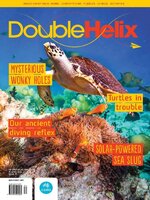 Issue 71
Issue 71
 Issue 70
Issue 70
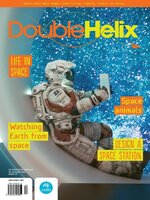 Issue 69
Issue 69
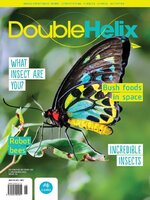 Issue 68
Issue 68
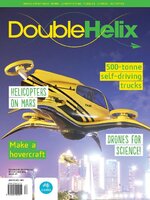 Issue 67
Issue 67
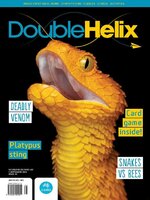 Issue 66
Issue 66
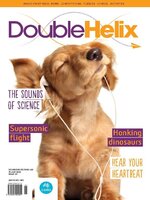 Issue 65
Issue 65
 Issue 64
Issue 64
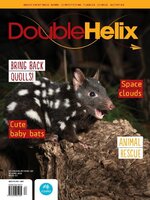 Issue 63
Issue 63
 Issue 62
Issue 62
 Issue 61
Issue 61
 Issue 60
Issue 60
 Issue 59
Issue 59
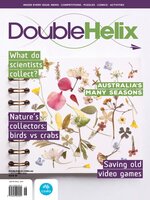 Issue 58
Issue 58
 Issue 57
Issue 57
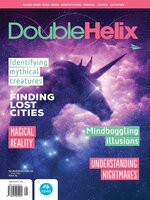 Issue 56
Issue 56
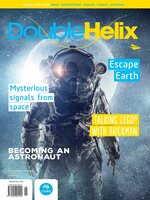 Issue 55
Issue 55
 Issue 54
Issue 54
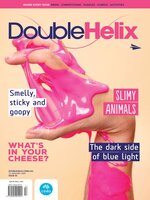 Issue 53
Issue 53
 Issue 52
Issue 52
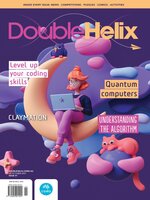 Issue 51
Issue 51
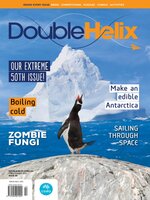 Issue 50
Issue 50
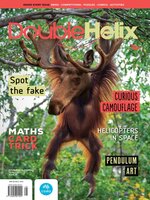 Issue 49
Issue 49
 Issue 48
Issue 48
